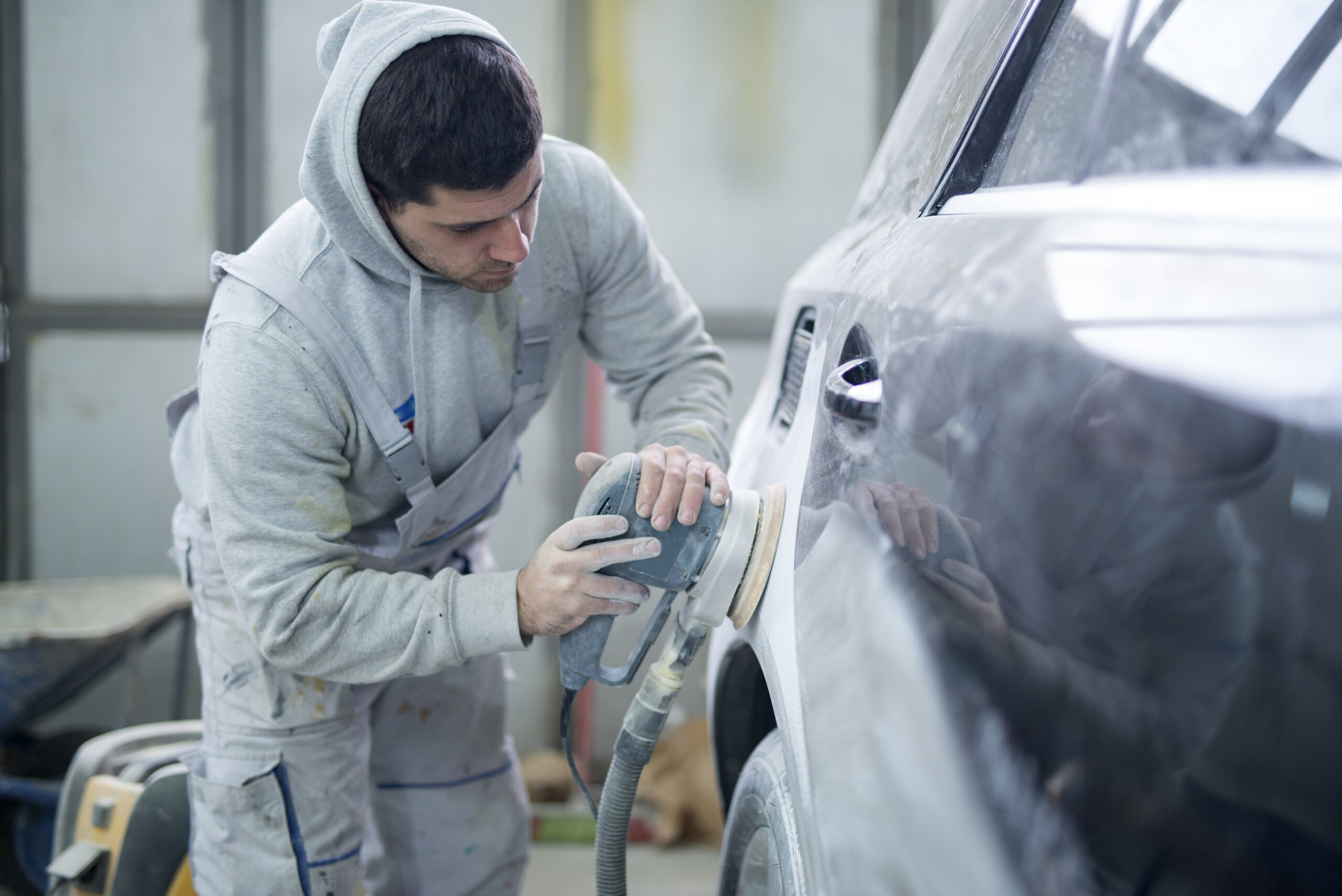Accidents happen, and when it comes to second-hand cars, some may have a history of being involved in accidents. In South Africa, it is essential to understand the reconditioning and refurbishment processes for accident-damaged cars. These processes aim to restore the vehicle to a safe and roadworthy condition, ensuring that it meets the required standards. In this article, we will delve into the key aspects of reconditioning and refurbishment for accident-damaged cars in South Africa, providing you with insights to make an informed decision when considering such vehicles.
- Initial Assessment:
When an accident-damaged car is brought in for reconditioning or refurbishment, the first step is to conduct a thorough initial assessment. Qualified technicians examine the extent of the damage, including both visible and underlying structural damage. They evaluate the impact on critical components such as the frame, suspension, engine, transmission, and electrical systems.
- Structural Repairs:
If the accident caused structural damage, the car may require extensive repairs. Structural repairs involve using specialized tools and equipment to restore the car’s structural integrity. Technicians carefully align the frame and body panels to the manufacturer’s specifications, ensuring that the car’s safety features are fully functional.
- Mechanical and Electrical Repairs:
Accident-damaged cars often require mechanical and electrical repairs. This may involve fixing or replacing components such as the engine, transmission, suspension, steering system, braking system, and electrical wiring. Skilled technicians diagnose and repair any issues to ensure that the car operates safely and reliably.
- Bodywork and Paint:
The bodywork of an accident-damaged car undergoes extensive attention. Technicians meticulously repair or replace damaged body panels, ensuring proper fitment and alignment. They also address any issues related to the car’s paint, such as scratches, dents, or fading. High-quality paint materials and techniques are used to restore the car’s original appearance.
- Safety Systems and Features:
During the reconditioning process, technicians carefully inspect and restore the car’s safety systems and features. This includes repairing or replacing airbags, seat belts, anti-lock braking systems (ABS), traction control, stability control, and any other safety components. Thorough testing is conducted to ensure that these systems operate correctly and effectively.
- Quality Assurance and Testing:
Before a reconditioned or refurbished car is deemed roadworthy, it undergoes a series of quality assurance checks and tests. This involves comprehensive inspections, functional testing of components, and road tests to ensure that the car meets the required safety standards and performs as expected.
- Documentation and Disclosure:
In South Africa, there are regulations in place to protect buyers of accident-damaged cars. Sellers are required to disclose any accident history to potential buyers. It is crucial for sellers to provide accurate information about the extent of the damage, the repairs carried out, and any warranties or guarantees associated with the reconditioning or refurbishment.
Understanding the reconditioning and refurbishment processes for accident-damaged cars in South Africa is essential when considering such vehicles. Reputable repair facilities follow a comprehensive approach to restore the car’s structural integrity, mechanical systems, and safety features. It is vital to request documentation and disclosure from sellers regarding the accident history and repairs performed. By being aware of the processes involved and seeking transparency from sellers, you can make an informed decision and ensure that the accident-damaged car you are considering is safe, roadworthy, and meets your expectations in South Africa.











